Saia’s shares sag 30% as tariffs tank demand, exacerbate growing pains
Saia’s shares are getting punished as the company’s ambitious growth efforts have been derailed by a trade war. The post Saia’s shares sag 30% as tariffs tank demand, exacerbate growing pains appeared first on FreightWaves.

Tariffs and other market forces pulled the rug out from under Saia in the first quarter.
The company’s rapid growth following Yellow Corp.’s 2023 collapse has been met by a customer base that is now spooked by the prospect of a protracted trade war. Incremental costs from carrying 25% to 30% excess capacity in anticipation of a market turn collided with subseasonal demand in March, producing results much worse than investors had feared.
Saia (NASDAQ: SAIA) reported first-quarter earnings per share of $1.86 before the market opened on Friday, 90 cents worse than expected and $1.52 lower year over year. The miss was even more exaggerated when considering analysts cut numbers by 31 cents in the 90 days leading up to the print.
A $4.5 million swing from net interest income a year ago to net interest expense in the recent period was a 13-cent drag on EPS. Net debt was up $207 million y/y to fund terminal acquisitions.
Shares of the Johns Creek, Georgia-based carrier were down 30.7% on Friday compared to the S&P 500, which closed up 0.7%. The stock is off 46% year to date.
“There’s hesitancy” among customers, Saia’s management team told analysts and investors on a Friday call. It said shipments were up at new locations but down by an undisclosed amount at its legacy terminals.
Saia acquired 28 terminals from Yellow (OTC: YELLQ) and spent the bulk of 2024 onboarding those sites as well as relocating others. It’s now a national carrier serving all 48 contiguous states.

Revenue increased 4.3% y/y to $788 million (6% higher on a per-day comparison). Tonnage per day was up 12.8% and revenue per hundredweight, or yield, fell 5.8% (5.1% lower excluding fuel surcharges). The tonnage increase was due to a 4.6% increase in daily shipments and a 7.8% increase in weight per shipment.
Most LTL carriers have been readying their networks in anticipation of an eventual pickup in the industrial economy after a two-year recession. That appeared likely early in the year as the Purchasing Managers’ Index – a bellwether for manufacturing activity – moved into expansion territory in January and stayed there in February. But as noise of sweeping tariffs ramped in March (ahead of the April 2 Liberation Day announcement), customers began reeling in their shipping plans.
Saia’s shipments normally increase between 3% and 4% from February to March. Locations opened less than three years saw 3% growth, but legacy service centers experienced a modest decline. The company said the subseasonal trend amounted to a $25 million to $40 million revenue headwind in the quarter.
Tonnage was up between 12% and 14% y/y in each month of the first quarter. So far in April, it’s up just 5% y/y and the comps get tougher moving forward.
“We’re not really seeing anything in April that would tell us seasonality is back in check. … [W]e stay very close to our customers and conversations with them reflect that,” CFO Matt Batteh said on the call.
Saia says it’s not underpricing freight
Analysts struggled on the call to reconcile Saia’s update that contractual rate increases averaged 6.1% in the quarter when yields declined by a mid-single-digit percentage. (Even when adjusting for changes in shipment weight and length of haul, net yields were likely negative in the period.)
Management said the volume growth at the new terminals is not due to below-market pricing or efforts to buy freight in those markets. It reminded analysts that the contractual increases obtained on contracts is always tentative. Shippers can tender less freight than initially agreed to, or Saia may have to lower rates on some shipments to keep the freight from going to a competitor.
Saia was adamant that it remains focused on increasing yields and subsequently margins.
“For us, we’re focused on pricing no different than we have been in the past,” Batteh said. “Certainly, with the capacity environment the way that it is, we see customers choosing other options in certain instances when we’re taking rate increases.
“Of course, customers always challenge the pricing increases that we propose and with the looser capacity environment that gets a little bit louder, but no difference in focus on our side.”
He noted that Saia is still learning its customers’ freight in the newer markets and that yields on that business will be adjusted to reflect actual costs over time. Overall, he said the company is working to close the revenue-per-shipment gap it has with peers as Saia’s improved service offering now warrants it.

Sagging demand, cost headwinds tank margins
Saia reported a 91.1% operating ratio (inverse of operating margin). The result was 670 basis points worse y/y and its worst operating performance since the 2020 second quarter. Management’s guidance had investors looking for an 87.5% OR for the period.
Poor winter weather and costs from running the new terminals that don’t yet have optimal throughput were drags on the quarter. Management said worse-than-normal weather was a 25-to-75-bp hit to the OR as additional staff and equipment were required to make up for delays and downtime at several locations.
Typically, heavier shipments are accretive to margins. Cost per shipment was up 9.4% y/y while revenue per shipment increased just 1.5%, a nearly 800-bp negative spread.
Salaries, wages and benefits (as a percentage of revenue) were 410 bps higher y/y. The company added 1,300 employees last year and implemented a 4.1% wage-and-benefits increase last July. It will again contend with the annual cost increase this July.
Depreciation expense was up 100 bps y/y, and purchased transportation costs were 60 bps higher.
The company’s OR was about 300 bps worse than the normal seasonal pattern (excluding weather) in the first quarter. Management said the trend has continued into April, and that barring an inflection in demand, is unlikely to change. As such, it targeted an 89% OR for the second quarter, 570 bps worse y/y.
It said it wasn’t implementing sweeping cost reduction measures but that it will continue to match labor to volumes. Earlier this month, it confirmed to FreightWaves that it had laid off its customer service teams, opting to have local terminals handle the service function.
“I would consider Q1 perhaps as a speed bump or delay, but ultimately, long term, the value of the business remains … significant,” President and CEO Fritz Holzgrefe said.
More FreightWaves articles by Todd Maiden:
- TL carrier Pamt books another loss in Q1
- Knight-Swift grappling with tariff-spooked customers in bid season
- Market shook, LTL carrier Old Dominion isn’t
The post Saia’s shares sag 30% as tariffs tank demand, exacerbate growing pains appeared first on FreightWaves.






























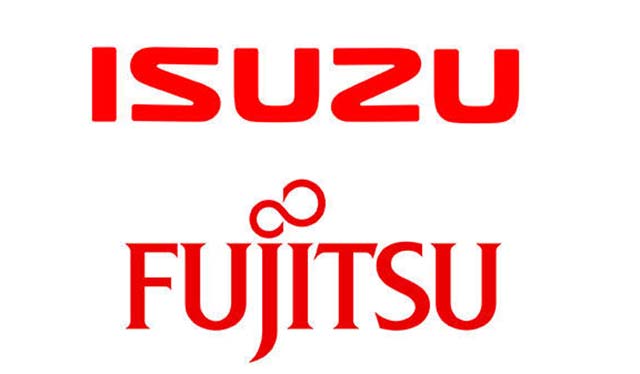









































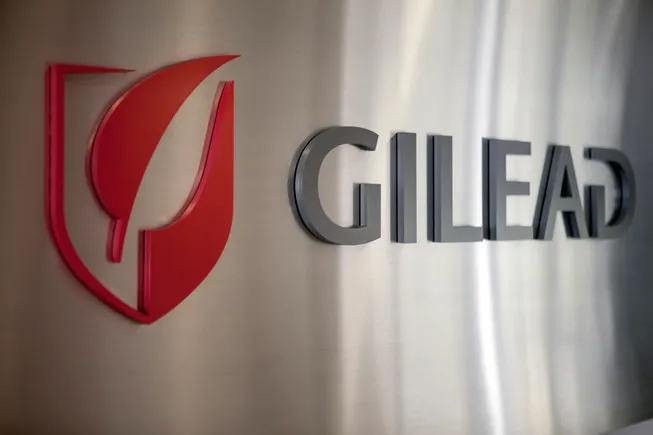





















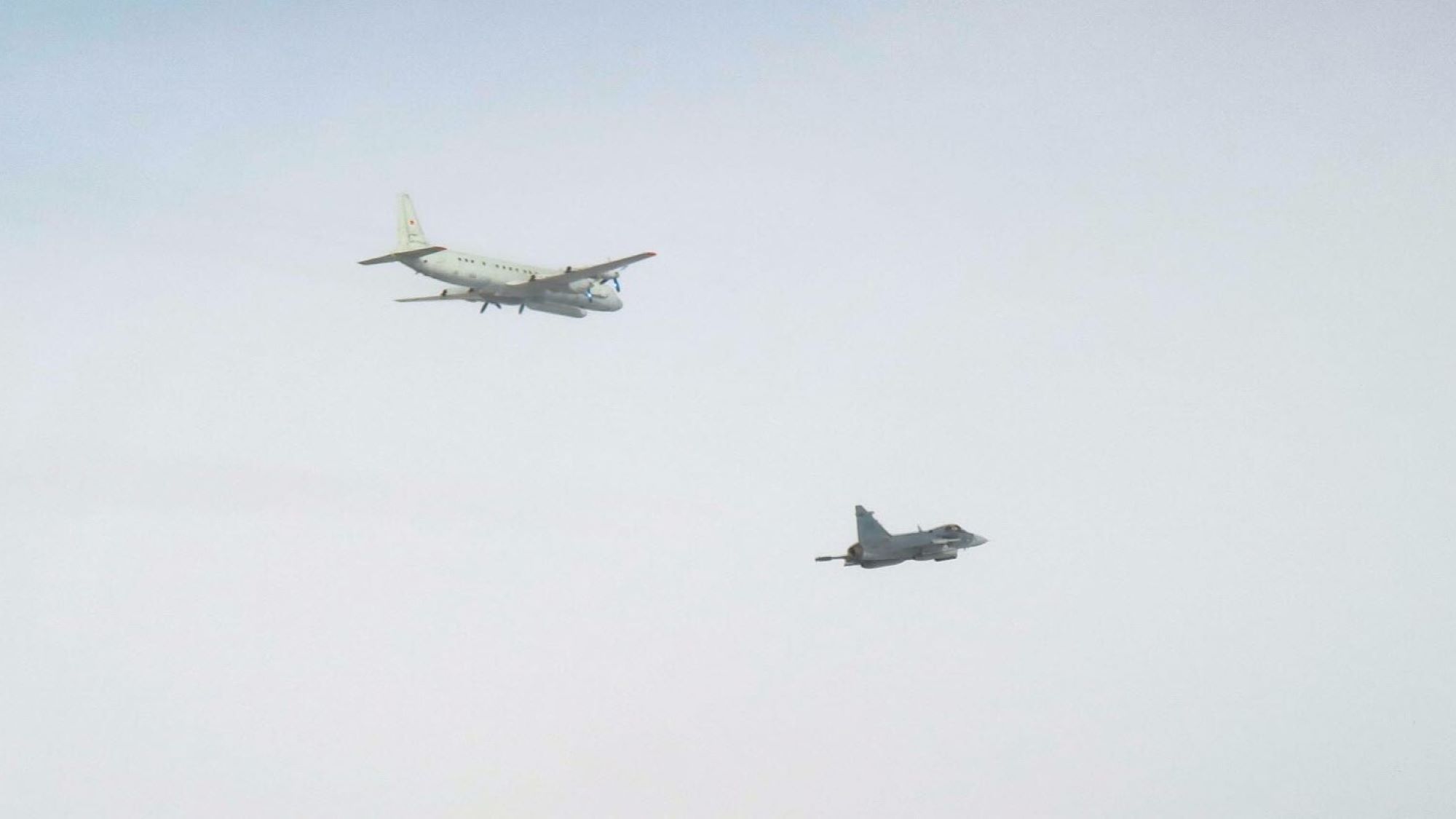





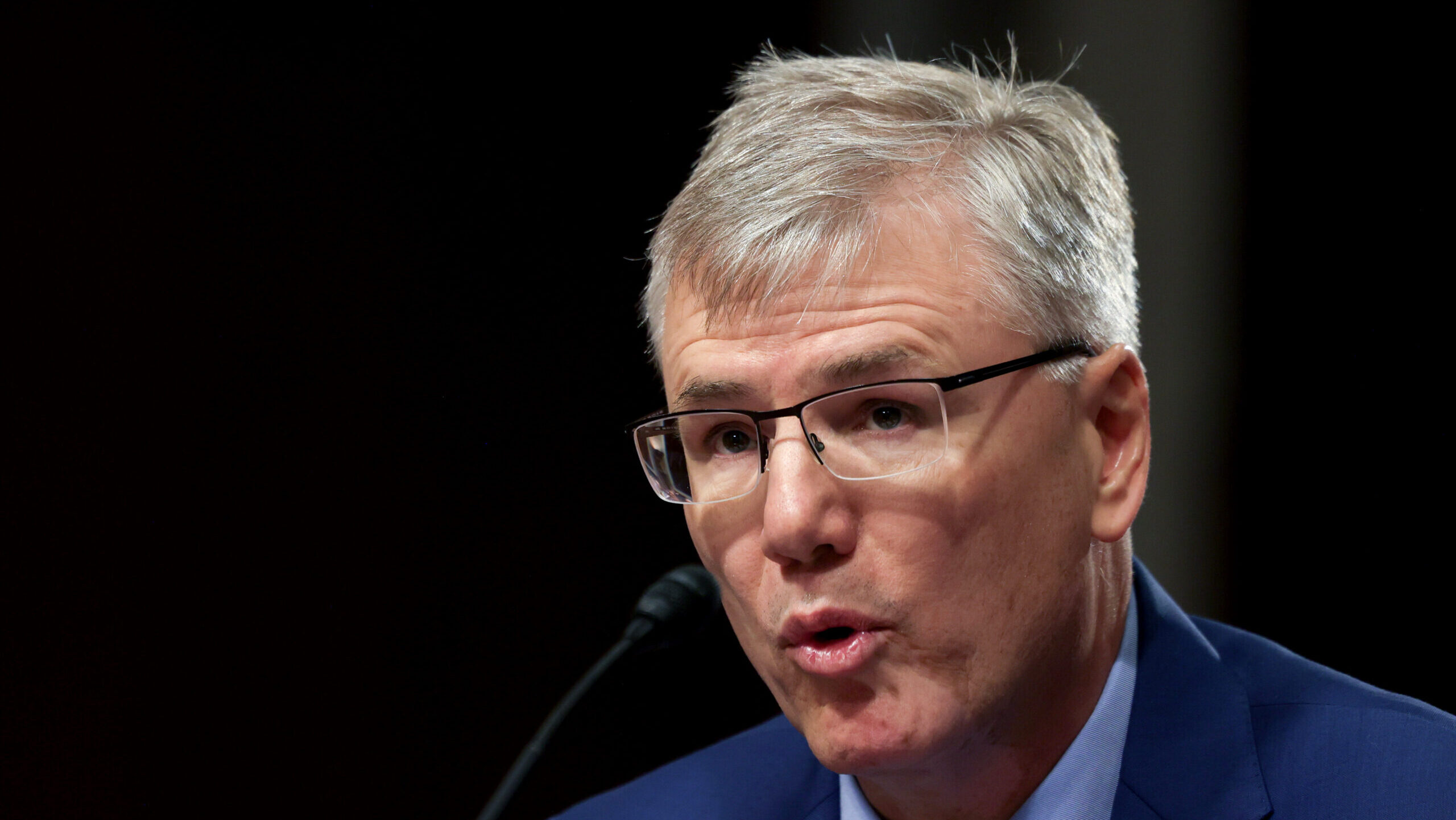
















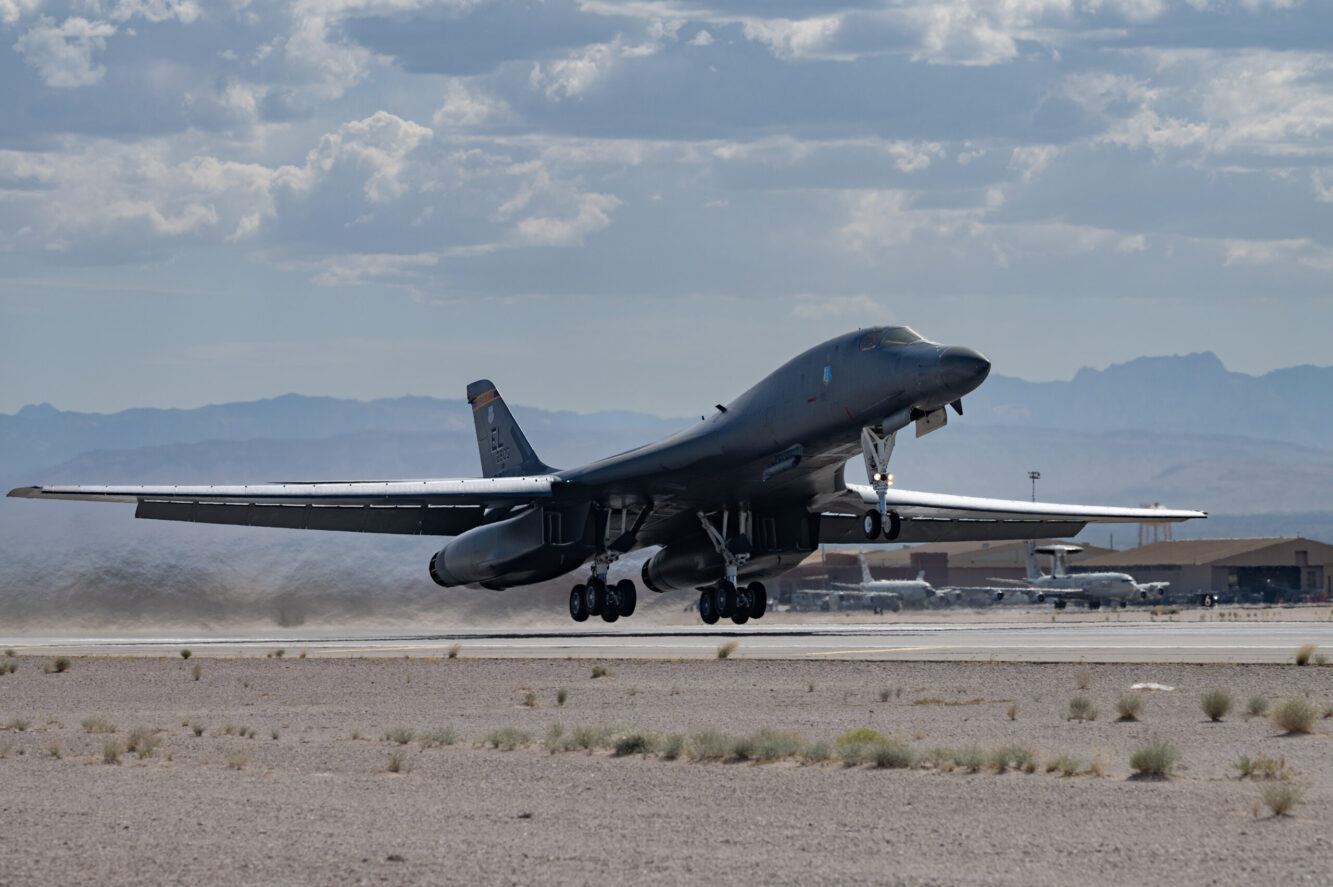














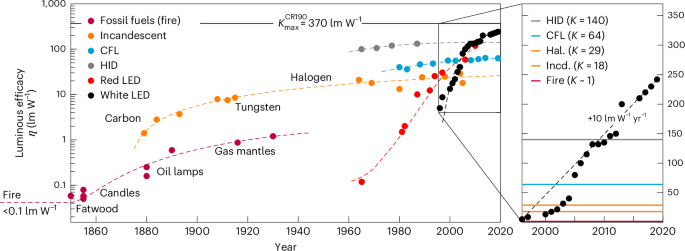



























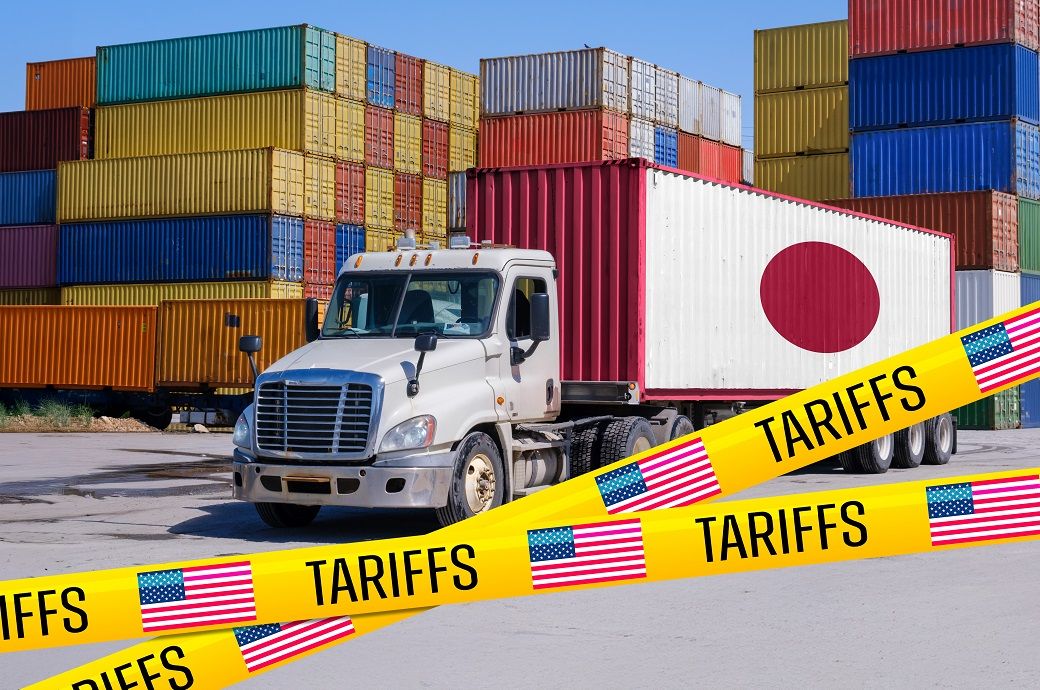








.jpg)






